Exploring the Visual History of Nigerian Album Art
An interview with Opemipo Aikomo, the creative director behind Album Cover Bank
In February of this year, I stumbled across the holy grail of music archives: Album Cover Bank, an online registry of Nigerian album covers from 1950 to the present. Founded by wuruwuru, a collective that produces and distributes passion projects, the site boasts over 5,300 album covers throughout Nigerian music history with years and credits recorded. Does the thought of accurate archival credits turn anyone else on? No? Just me?
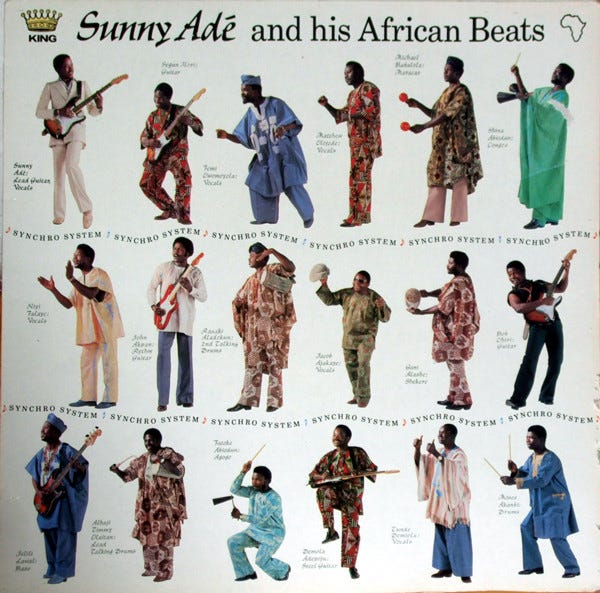
Last year, while researching Highlife album art, I could've greatly used a resource like Album Cover Bank. In a piece with The Observer, Opemipo Aikomo, the creative director behind the archive, commented, “I struggled to piece together a story about the history of Afrobeats, but in the process, I got interested in the designers creating cover art for what is now a big cultural export.” The sentiment that he expresses is one that I share and the impetus behind this newsletter. Below, I continue to speak with Aikomo about the process behind building the archive and the trends seen within Nigerian album art over the years.
What is your earliest memory of design?
When we were younger, my dad had a drafting board in the house. He worked as an architect and was very precious about his board. I thought it was so cool because it was so sacred.
My biggest influence, though, was probably magazines, particularly Reader’s Digest. My mum used to buy them, and they really opened my mind to design and the world.
What are you listening to right now?
A lot of Nigerian music. I’ve just moved to London and my playlists keep me connected to home. Here’s one.

Take us through the journey of building the Album Cover Bank. How was the process of obtaining all of the imagery, credits, and archival information?
The project started as a broad exploration of the history of Nigerian music. It was one of the first experiments I did at my studio, wuruwuru.
After a bit of stumbling around, we narrowed in on album covers and decided to build an archive. First, we started with a small database of images scrapped from the Internet. Then, we hired freelance researchers to obtain up to 5,000 images. Finally, we built a website.
See this essay by Tomiwa Ajiboye for more details about the process.
How have you seen Nigerian album cover art change through the process of archiving?
From the 1970s to the 1990s, covers were often portraits of the artist, a necessary branding choice to attract buyers. Most of these photos were taken in a studio setting, often by the production company. The only artists who went against the grain were the same people who also invented new styles of music, e.g., Afrobeat and Funk.
Today, the dominant style is illustration. The collage style of the 2000s still shows up, and a few artists prefer photography, but the majority of covers are drawn and comic-like. There’s also a lot of 3D work. Album covers have slowly become a platform for digital artists and graphic designers to practice their skills and promote their work.
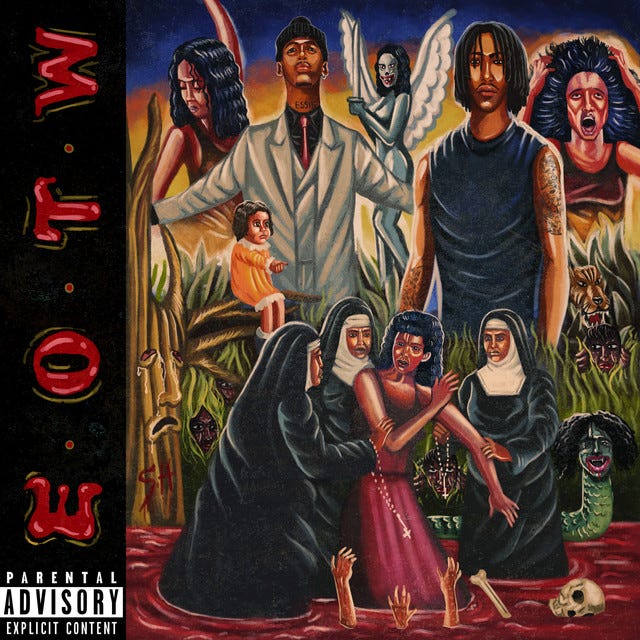
In your interview with It's Nice That, you mention that you "want to establish the history of Nigerian graphic design and celebrate album cover artists as important cultural producers." I feel like this goal is so important to achieve. Do you see the Album Cover Bank as a template for other archivists and researchers to use to preserve music history throughout the world?
Lovely question. Yes I think it can be a template, but that’s yet to be discovered. We need to do more to promote the site to archivists and researchers. Only then can we learn how useful it is for them and what we can do to improve it.
We’ve just started discussing a second iteration of the archive, and I think the coming changes will make it more useful as a research tool. We’ll also consider making the technology open source for others who want to curate image archives.
Is there a specific record or set of covers within the archive that holds personal significance?
I really like the covers by Duks, Funto Coker, and Niyi Okeowo. They’re multidisciplinary creatives who do art direction, graphic design, photography, branding, and more.
I see these people as my peers, and curating their work feels like a contribution to my generation of artists. I also think these folks are the pioneers of the illustration-heavy style that’s so common today. Most Nigerian musicians tend to follow the trend of covers set by more successful artists, and these are some of the designers who pioneered today’s style.
My preference for covers across the archive is more random. I like covers that are intentional and/or different, covers that have a strong character or story.
What are some of your favorite design or art moments throughout music history or recently?

Recently, the pop star Rema has been accused of satanism because of the visual direction of his new album, Heis. I find this really funny. The art direction is (literally) dark, but it’s not that serious. People only fear it because of religious sentiments. Rema has fused elements from his hometown of Benin (e.g., bats) into this new identity. However, popular religion has taught us that these traditional cultures and motifs are evil.
The entire album is about identity—about making music that feels authentically Nigerian without the dilution of pandering to the world. His choice to use these elements in the branding feels like reclaiming a lost identity—like he’s forcing us to look at ourselves.
Name any other designers/ studios making work in the music space that you admire.
Intentional art direction is not very popular in the Nigerian music industry, so I admire artists who take their visual branding seriously. These include Cruel Santino, Show Dem Camp, Aylo, Asake, Fireboy DML, Tems, Rema, and YKB.
Find more Nigerian art throughout the ages below and on Album Cover Bank:
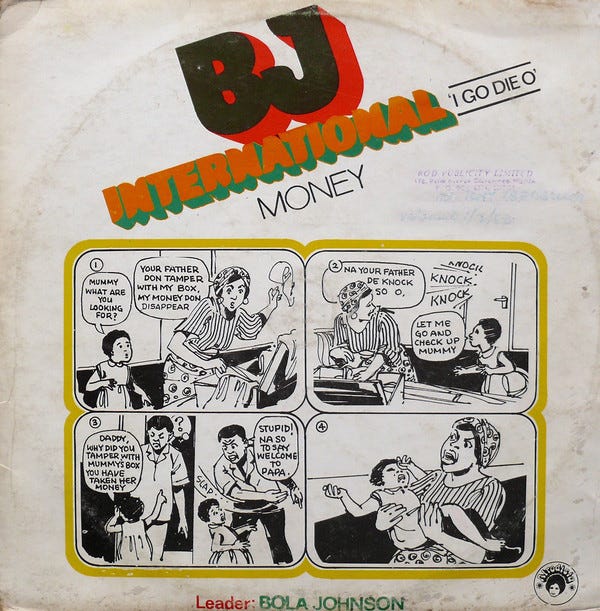
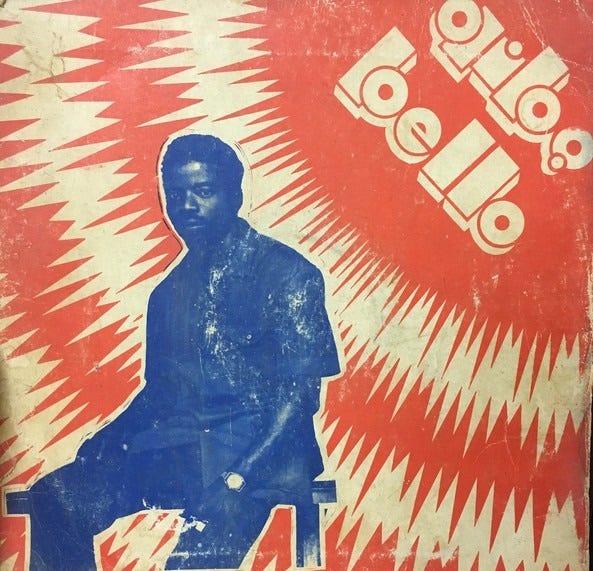
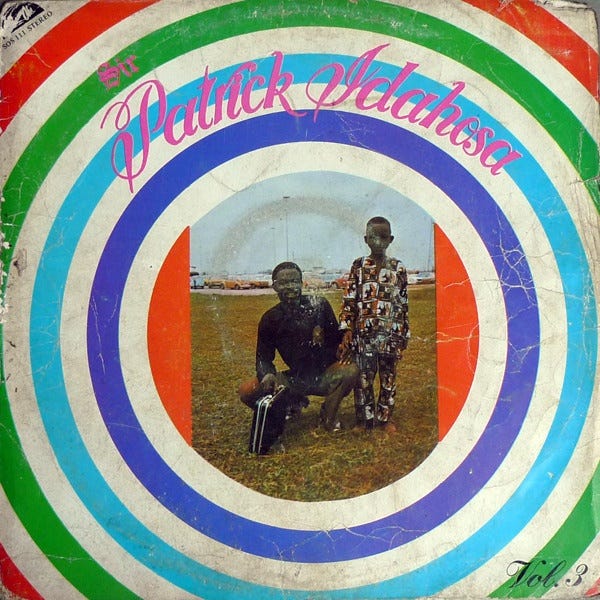
The Art of Cover Art is a free educational and inspirational resource. If you have $5/ month to spare, it would be super helpful in furthering my research. Or, if you think a friend might enjoy this newsletter, the best way to pay it forward is by sharing!




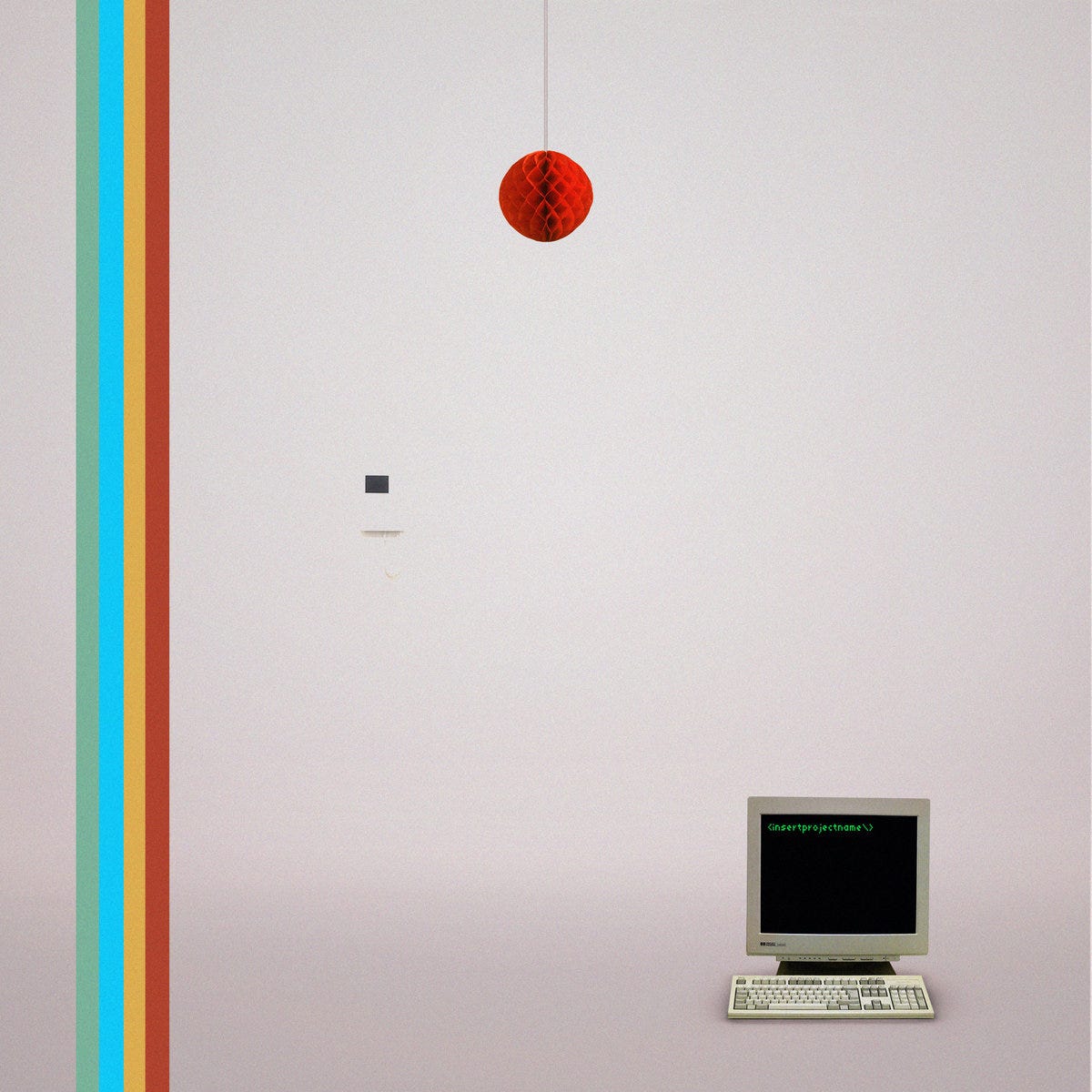



Great to see this material being archived this way. Thanks, Rachel, for sharing this resource.
What an incredible project! The tiny fragment I know about Nigerian creative culture (mostly connected to Fela) is so rich. Thanks for sharing this and for the interview.